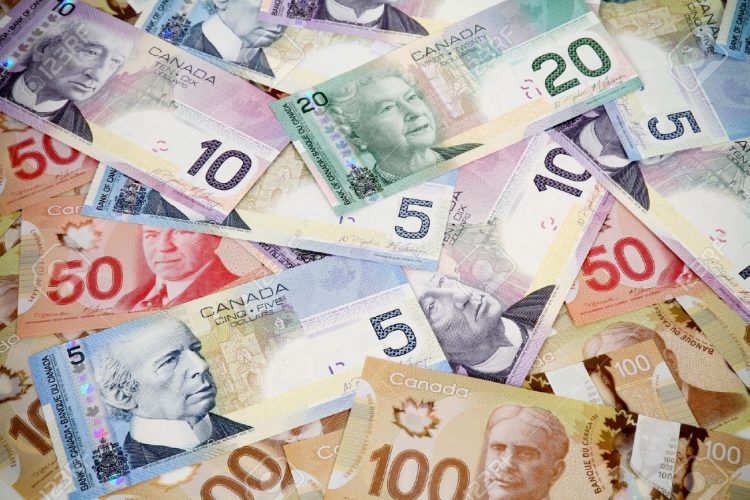To kick off our multi part series on money, let’s start with the basics. Let’s answer what is money and what is its function? At a fundamental level, money has three major functions: a medium of exchange, a unit of measurement and a storage of value.
Use 1 A medium of exchange: To understand money’s role simply think about what would happen if we didn’t have money. Well, once upon a time this was the case. Before money we had the good old barter system. In order for that system to work, both parties had to satisfy what we call the double coincidence of wants. Say if you are a bread-maker and you needed some chickens. If there wasn’t money available you would have to barter with the chicken farmer and pray that he actually wants bread when you need the chicken. As you can see, this is highly inefficient. Let’s face it, two parties wanting the exact commodity that the other possess at the exact same time is fairly rare. As a result of the barter system, commerce was stifled with massive friction in the marketplace. Money solved this. By acting as a medium of exchange, the bread-maker can first make exchange his bread for money that he knows is universally accepted in the market. Then he can either store this money for future use or give it to the chicken farmer in exchange for the chicken. This can happen even if the chicken farmer isn’t interested in his bread at that particular time.
Use 2 A unit of measurement: Let’s go back to that example above. Let’s imagine that the bread-maker and the chicken farmer did indeed succeed in achieving the double coincidence of wants; they would then proceed to determine the relative value of chickens in the loaves of bread. This depends on the supply and demand that day in the market for both the bread and chicken. Now, what about if a potato farmer also wanted to trade his potatoes for the chickens? Then we have to set another bargain between the two parties at a price agreed upon of chicken in terms of the potato. So for the purposes of our market, assuming that the double coincidence of wants problem is solved, the relative price between commodities is basically a two dimensional matrix consisting of every commodity priced against every other commodity (so we must keep in record how much a chicken is against every possible commodity in the market, then do the same for potato, bread, etc). This doesn’t seem very convenient does it? Money solves this issue. By acting as a unit of measurement, we can price a chicken against a unit of money (same as bread, potato, etc). Now the forces of supply and demand in the market still affects the prices exactly the same way as a bartering system; but having a common unit of exchange makes it much easier to uniformly figure out relative values of commodities without memorizing a two dimensional matrix. (please refer to my blog post on the fast and slow brain to see why not making people memorize a matrix is a good idea).
Use 3 A storage of value: This is pretty much derived from uses 1 and 2. Because money can be used as a medium of exchange and a unit of measurement, inherently it has value. Therefore, before money, our bread maker’s storage of value was, well the bread he made. I don’t know about you, but most bread I tend to eat will only keep fresh for a few days at best. So his productive output is handicapped. With money, this is no longer an issue. He can produce as much bread as there is demand for; exchange his mountains of bread for money; store this money which will hopefully not grow mold and use it when he needs it to purchase whatever products he wishes. What a wonderful system! The great economist Joseph Schumpeter once remarked that total productivity is what matters at the end. Well, by giving our bread-maker an incentive to increase his productivity, we have increased total productivity in the system.
So there you have it, those are the three major uses of money. I hope that this introduction has in its own way given you a small glimpse into what money is. On the next blog, we will cover the basics on who controls money and how it is created.



